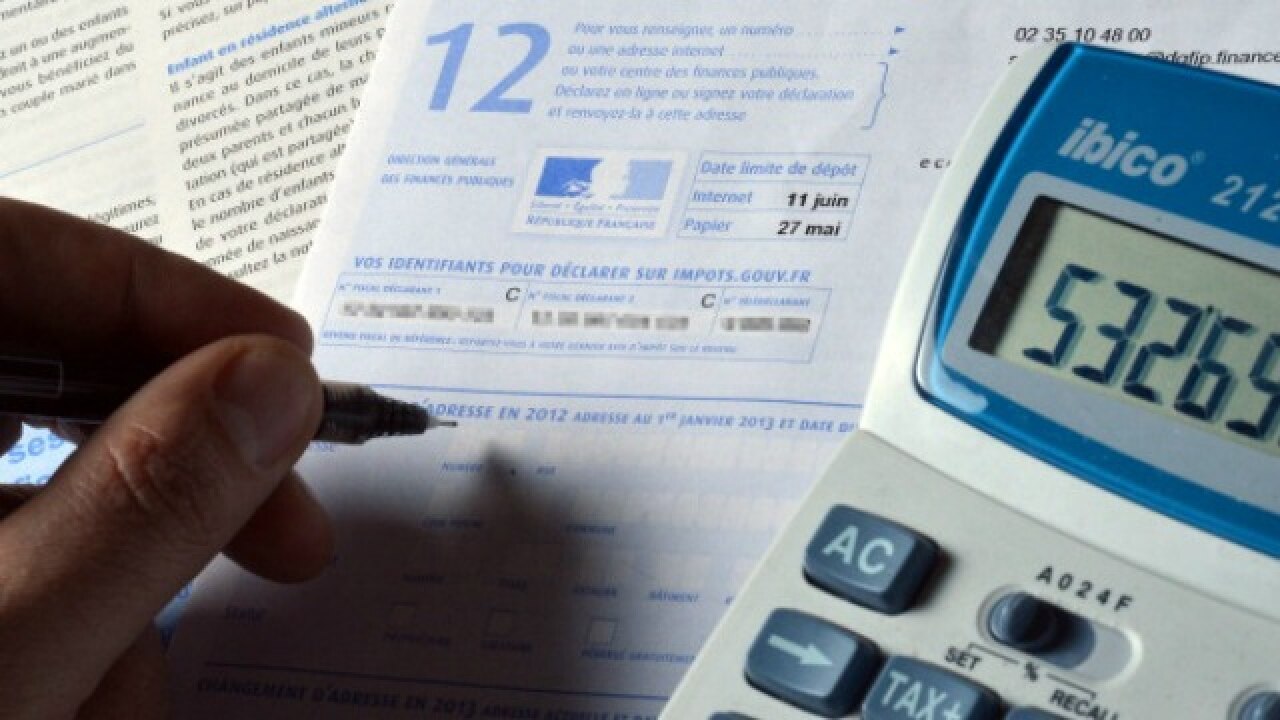
As March advances, we realise it is time to assess tax payments and invest in instruments such as fixed deposits, provident funds or National Savings Certificates. These are certainly safe and de facto fixed-income instruments. However, as a young taxpayer – with a higher risk appetite – you would benefit more if you choose equity-linked savings schemes, as it allows you to pocket a higher return, and save on tax under Section 80C of the Income Tax Act.
Here's a snapshot for investors who are not familiar with the ELSS
ELSS is a tax-saving mutual fund scheme, with a diversified stock portfolio. ELSS investments fall under the exempt, exempt, exempt (EEE) category (as they do not attract capital gains tax and dividends are also tax-free).
Investments up to Rs 1.5 lakh are eligible for deduction under Section 80C. If you invest Rs 1.5 lakh, you can save Rs 15,450, Rs 30,900 and Rs 46,350, depending on which tax slab you belong to - 10.3%, 20.6% and 30.9%, respectively. However, to claim tax rebate, you need to hold units for a minimum of three years.
Over the last decade, assets under management (AUM) of ELSS have grown ten-fold to Rs 39,169 crore, as on January 31, 2016.
ELSS require lowest holding period; promise highest average returns vs traditional options
You could enjoy a dual benefit if you choose ELSS over conventional options. For one, ELSS has the lowest holding period – three years – in contrast with other instruments available under Section 80C. An analysis of the benchmark Crisil-Amfi ELSS Fund Performance Index reveals these funds have returned an average 28% CAGR over a 3-year rolling period, since June 2001. Now this is two-and-a-half to three times over and above the typical 8-10% returns that traditional debt instruments offer.
Now, look at the flipside: ELSS gave a minimum return of -10% in the 3-year rolling period, over the aforementioned period analysed, which spelt capital losses for few investors who had a short-term horizon.
Hold on to ELSS for a longer time span to beat volatility
You can offset risks by stretching your investment horizon. Even with average returns above 20%, over a longer horizon, volatility diminishes gradually and minimum return increases. Over a 10-year timeframe, ELSS funds have offered a minimum return of 12%, or fared better than traditional instruments.
Have a systematic approach to invest in ELSS
By opting for a systematic investment plan (SIP), you can park as little as Rs 500 per month in ELSS. This will also help you benefit from rupee-cost averaging, as you can accumulate more units during a downturn and fewer units when equity markets are buoyant.
Furthermore, you can start investing right from the beginning of the new financial year, instead of making investments in haste, at the eleventh hour.
The only caveat is that you can claim tax benefits only if you stay invested for at least three years. In other words, every SIP instalment gets locked for three years. Thus, the last SIP of a 1-year ELSS will finish its lock-in period only after another three years i.e., four years from the start of the first SIP.
To conclude, if you have a higher risk appetite, you can choose ELSS to seek exposure to equities and simultaneously claim tax benefit. Having a longer investment horizon can help you lower your exposure to risk. As always, due diligence on schemes is a must before investing. As investments are subject to market risks, you must weigh your investment goal, time horizon, age and risk appetite before plonking funds.
The writer is director - funds and fixed income research, Crisil Limited